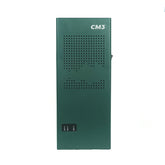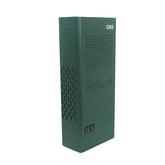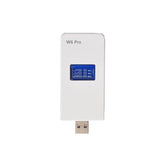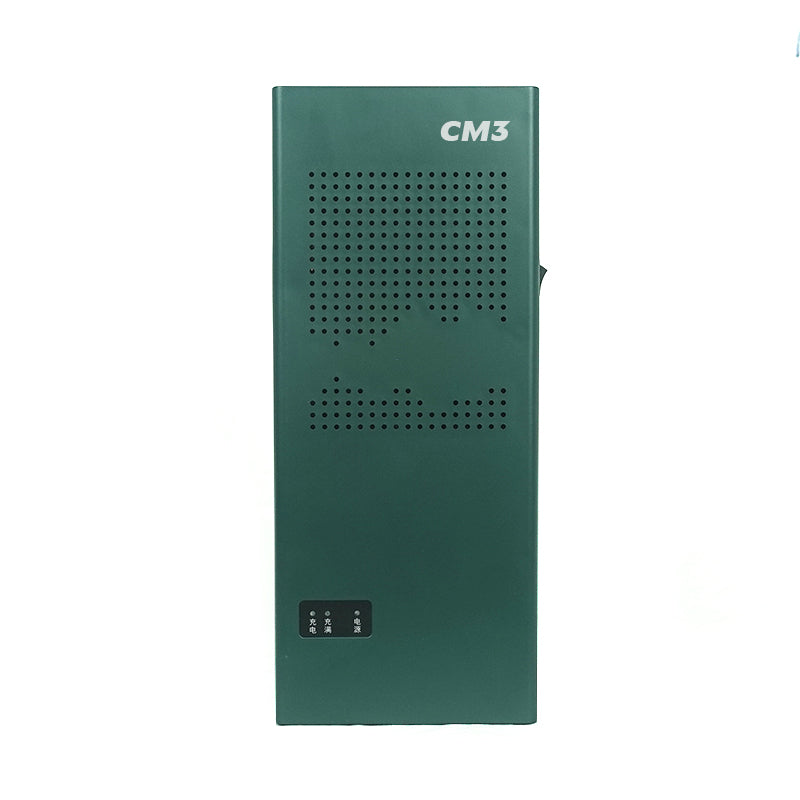The built-in antenna of many wireless jammers is a copper wire. Can copper wire be used as an antenna?
Customers often give feedback: When you see the mobile phone signal jammers produced by some wireless jammer manufacturers, you can see a very conspicuous feature when you open the shell: a copper wire is welded at the output end of each RF module to serve as an antenna for signal transmission. Customers ask us, is this feasible?
The answer is yes. Copper wire can be used as an antenna. Moreover, copper wire is an ideal material for making antennas because of its low resistance and easy processing. However, in terms of the use of antennas for wireless jammers, this simple method of directly welding a copper wire is not a good choice.
Why do many manufacturers of mobile phone signal jammers choose to use a single copper wire as an antenna? The reason is simple: low cost and easy processing! After a simple winding and forming, it can be welded with an electric chromium iron. It saves labor and material costs. Just imagine: the mainstream 5G version of the wireless jammer now requires at least 10-12 antennas to be built into each device, and copper wire is used as the transmitting antenna. For the total cost of the entire examination room wireless jammer, this can save a lot of cost. Thereby further lowering the price of the wireless jammer in order to form a low-price competitive advantage.
Using copper wire as an antenna mainly brings the advantage of cost reduction, but it also produces other obvious disadvantages:
1. The important performance indicators of the antenna are not guaranteed: the standing wave frequency, standing wave ratio, gain and other important parameter indicators of the antenna. If copper wire is used as the transmitting antenna of the shielding signal, especially in mass production and assembly, the use of simple copper wire, its production process and production process cannot achieve all indicators to meet the specifications uniformly, coupled with human factors such as manual welding by workers, which will cause instability in various indicators.
2. Since copper wire is easy to deform and extend, even if the wireless jammer can adjust the performance indicators to the ideal state when it leaves the factory, it is still very easy to deform, stretch or twist the antenna during its transportation and use, which will directly affect the output performance of the signal.
From the above analysis, it can be seen that as a tool for guaranteeing standardized examination rooms, it is actually not advisable to choose a simple antenna made of simple copper wire for the examination room wireless jammer for sale. So, what is the more economical and safe antenna selection plan? We will continue to explain it to you later.














